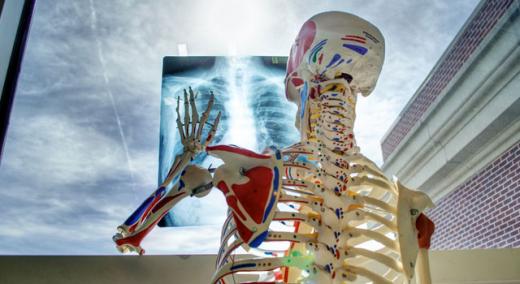After a patient has a heart attack or stroke, doctors often use risk models to help guide their treatment. These models can calculate a patient’s risk of dying based on factors such as the patient’s age, symptoms, and other characteristics.
|
ADVERTISEMENT |
While these models are useful in most cases, they do not make accurate predictions for many patients, which can lead doctors to choose ineffective or unnecessarily risky treatments for some patients.
“Every risk model is evaluated on some dataset of patients, and even if it has high accuracy, it is never 100-percent accurate in practice,” says Collin Stultz, a professor of electrical engineering and computer science at MIT and a cardiologist at Massachusetts General Hospital. “There are going to be some patients for which the model will get the wrong answer, and that can be disastrous.”
Stultz and his colleagues from MIT, IBM Research, and the University of Massachusetts Medical School have now developed a method that allows them to determine whether a particular model’s results can be trusted for a given patient. This could help guide doctors to choose better treatments for those patients, the researchers say.
…

Add new comment